|
This Saturday, June 29th (10-5pm) is the first Strange Bird Studios Pop-Up Gallery. I'll be next door to the Historic Apollo Theater in Princeton, IL with fine art prints and original artwork for sale. I have a wide variety of work available from the "Deer Man Series", inspired by a Princeton folk tale, as well as contemporary still lifes. Work ranges in price from cards at $6.00 up to professionally framed original paintings for $400. Major Credit cards, checks and cash all accepted. Swing by and say "Hello".
1 Comment
a Masters of Fine Arts Thesis Exhibition & Performance |
Rebecca Kautz: Archives
June 2024
Categories |
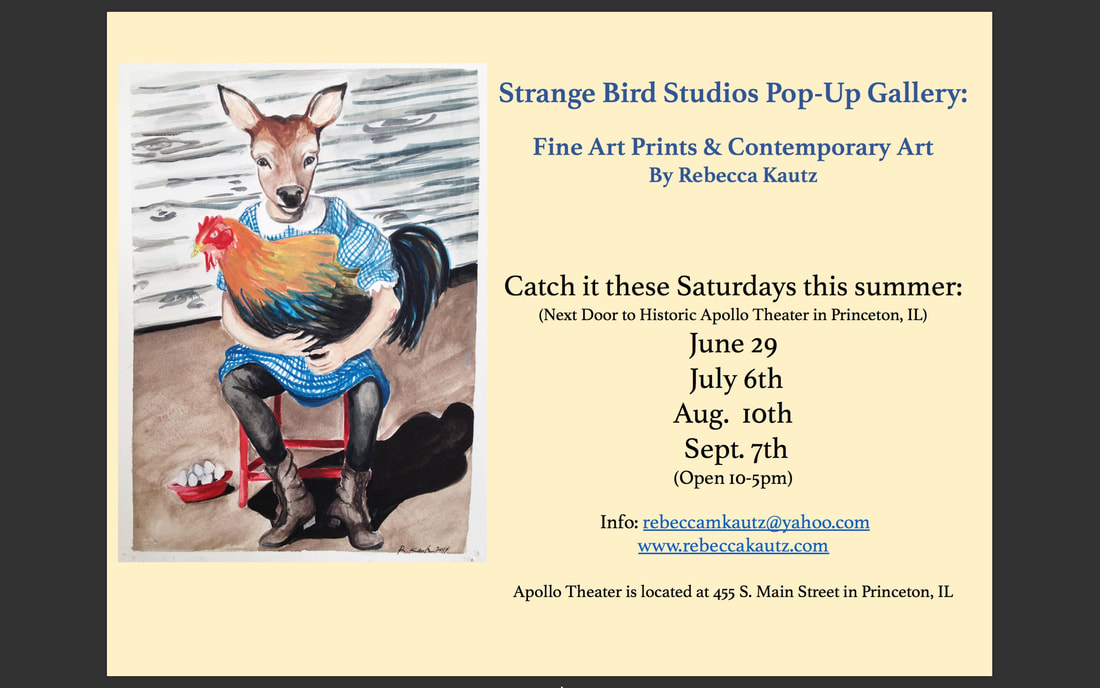
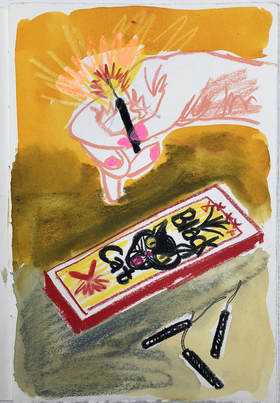
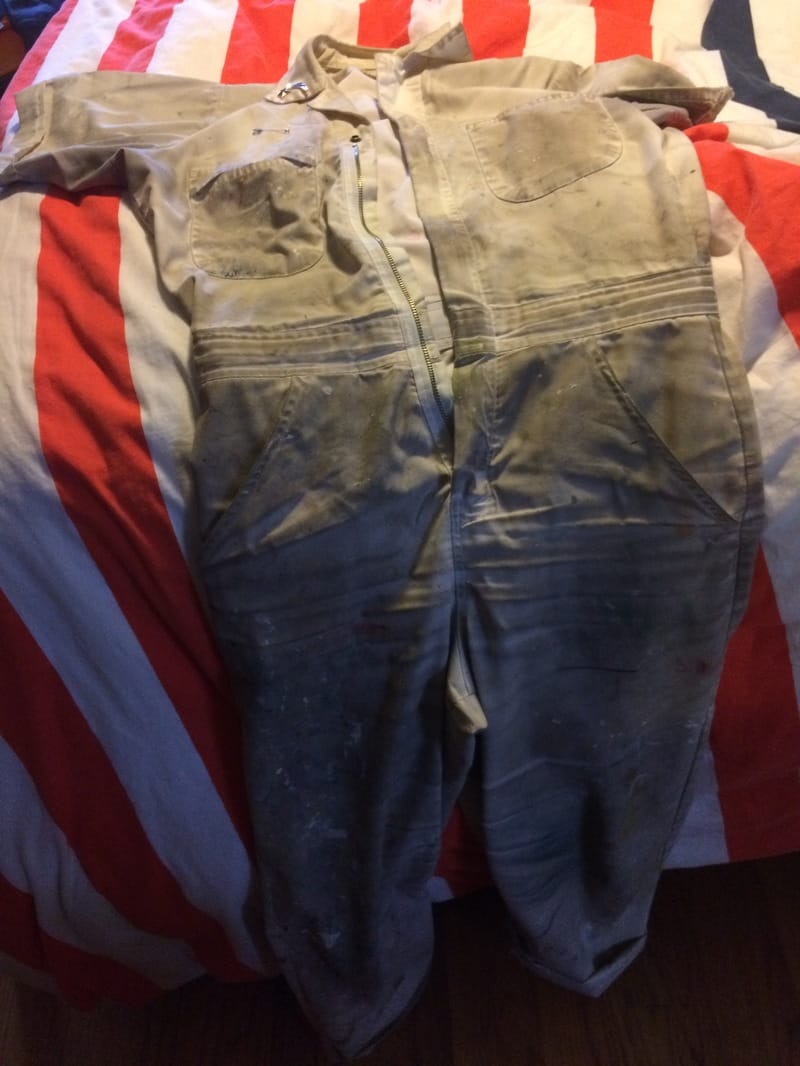
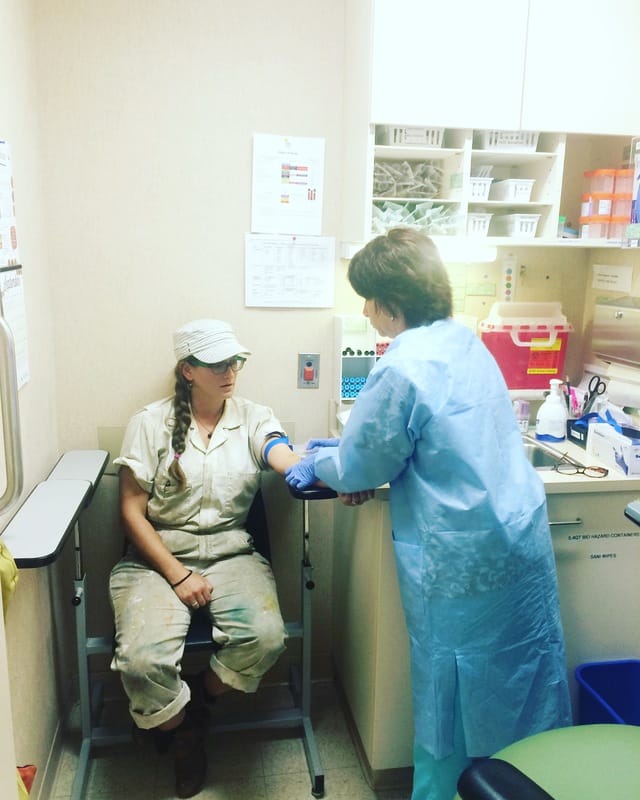
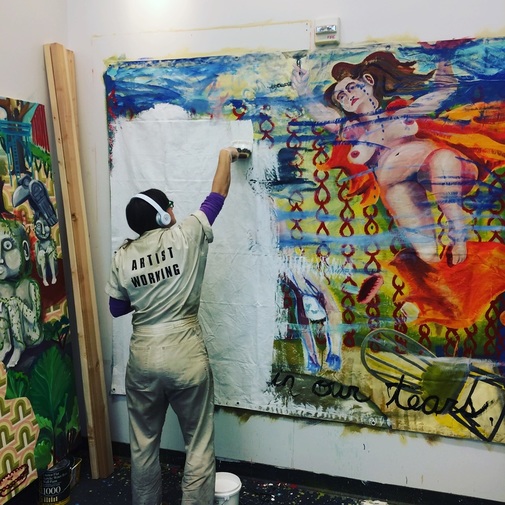
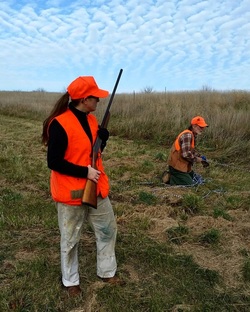
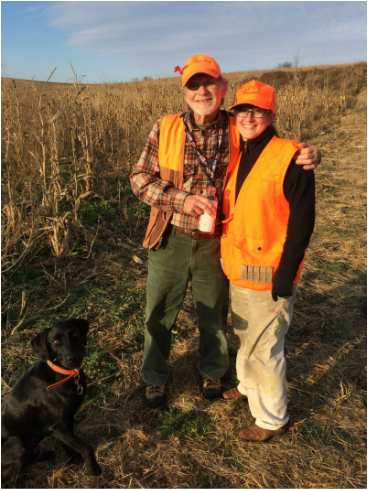
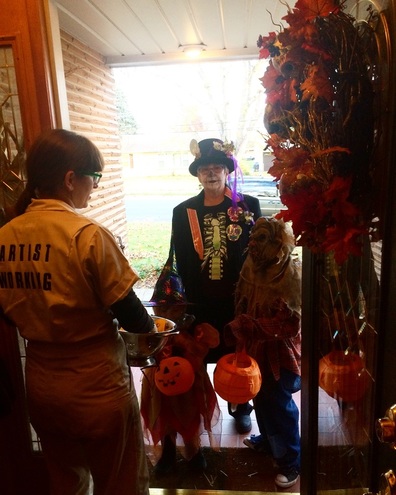
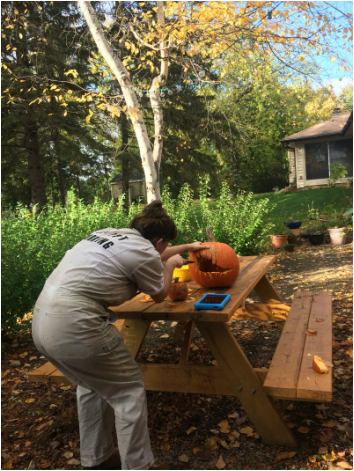
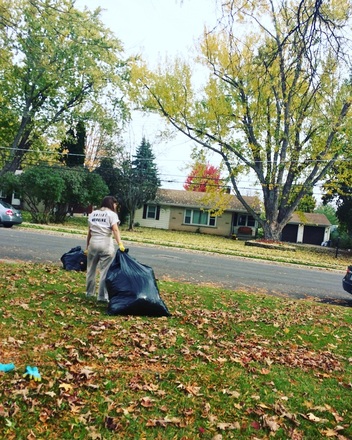
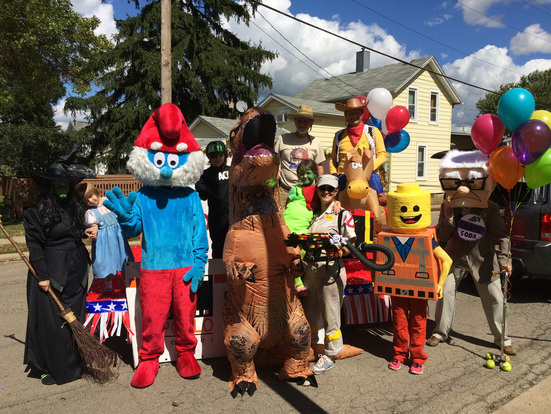
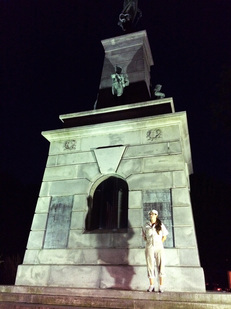
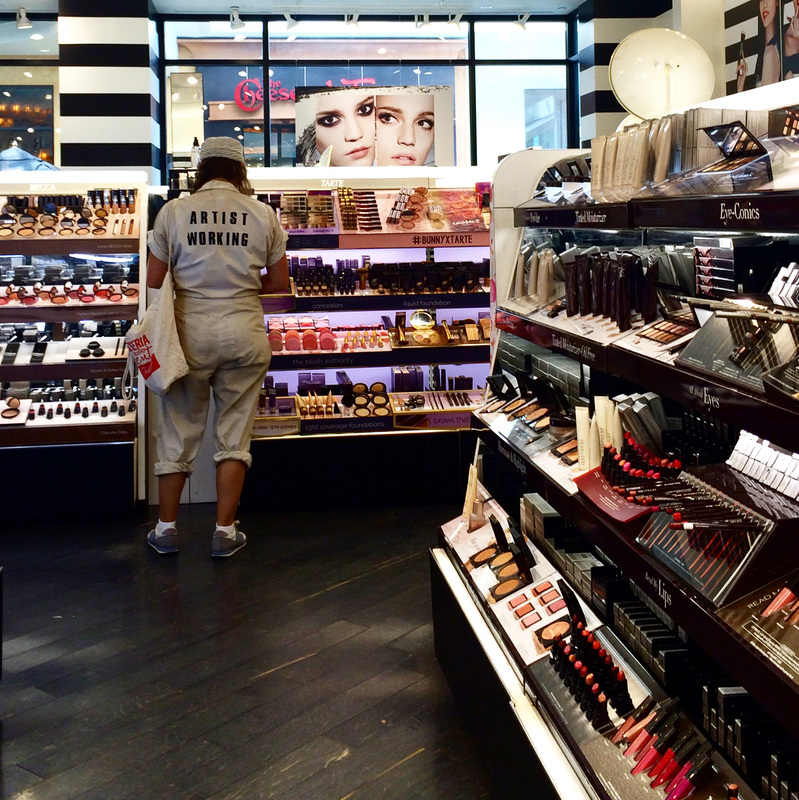
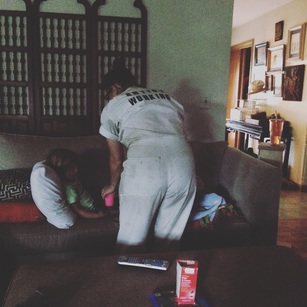
 RSS Feed
RSS Feed